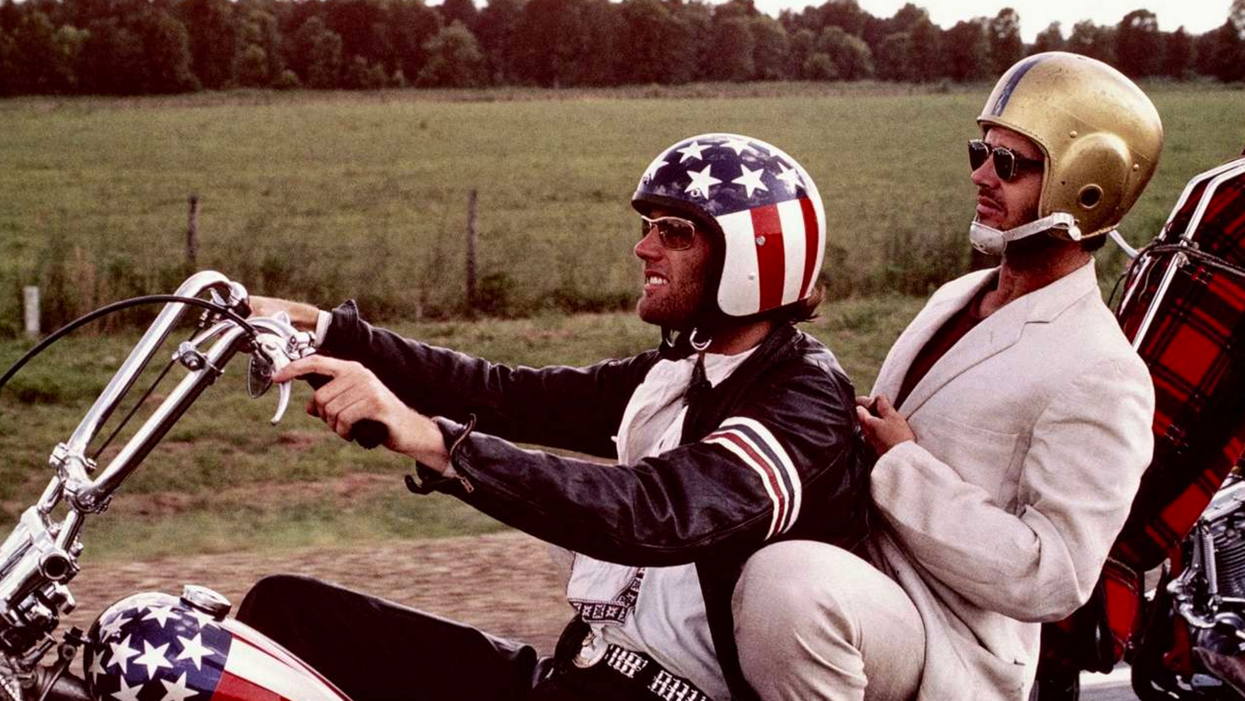Watch: 5 Major Staples of Film Editing Explained
Every filmmaker should have these basics in mind.

Walter Murch once said, “The invention of editing is the thing that allowed film to take off.” And it's true. In many ways, editing is what makes movies movies and not just simply moving images as they were in the time of the Lumière brothers. Film pioneer George Méliès created the art of editing almost by accident when he realized that a jam in his camera provided the potential to create optical illusions within the frame.
From that point on, there was no looking back. Filmmakers realized they could actually manipulate time and present images in a series, cut in a way that would further enhance their stories. This is known as narrative intercut.
Let’s define a few more of the staples of editing techniques as demonstrated by The Gentleman Savant in the video essay below:
The Match Cut
A transitional technique that refers to a cut between two unrelated shots (outgoing and incoming) that are deliberately joined, matched, or linked by physical, visual, aural, or metaphorical parallelism or similarities, in order to establish continuity. There can be audio matches, segues (a segue refers to a smooth, uninterrupted transition), and visual match-cuts of various kinds; aka graphic match.
The Freeze Frame
An optical printing effect in which a single frame image is identically repeated, reprinted or replicated over several frames; when projected, a freeze frame gives the illusion of a still photograph in which the action has ceased; often used at the end of a film to indicate death or ambiguity, and to provide an iconic lasting image.
The Jump Cut
An abrupt, disorienting transitional device in the middle of a continuous shot in which the action is noticeably advanced in time and/or cut between two similar scenes, either done accidentally (a technical flaw or the result of bad editing) or purposefully (to create discontinuity for artistic effect); also contrast with an ellipsis and match cut.
The Match Shot
A cut to mask a change of angle from the camera. These are usually cut on actions, so the audience don't notice a change in continuity. It preserves the spatiotemporal continuity of the scene.
Shot-Reverse-Shot
Where one character is shown looking at another character (often off-screen), and then the other character is shown looking back at the first character. Since the characters are shown facing in opposite directions, the viewer assumes that they are looking at each other. This was a feature of the "classical" Hollywood style of continuity editing, which deemphasizes transitions between shots such that the spectator perceives one continuous action that develops linearly, chronologically, and logically.
In the essayist's words, “It is the editor's job to ensure that we are looking where they want us to look, thinking what they want us to think, and of course feeling what they want us to feel.”











